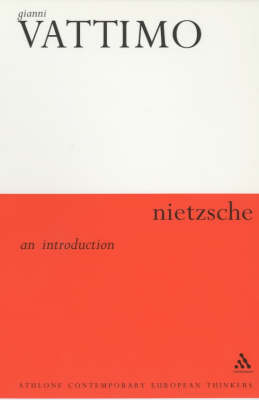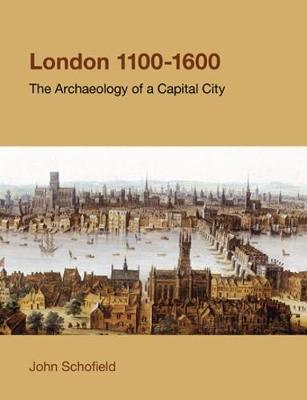Studies in the Archaeology of Medieval Europe
2 total works
This text surveys recent work on the archaeological study of medieval towns in Britain. It emphasises the discoveries by archaeological teams, usually on sites to be developed or already under construction. Gleaning knowledge from the vast haul of information now at our disposal collating over thirty years of data, we can begin to ask questions of many kinds. What went on in medieval towns? How did the rich and poor live, what nourished them, what did they die of? What was the weather like, the quality of life, the restrictions or special pleasures of living in towns? Archaeologists have shown that towns can claim to be more representative of the nature of society of which they formed part than any other type of site. In towns we are most likely to find archaeological evidence of both long-distance and local trade, of exploitation of natural resources, of specialisation and of technological evidence in manufacturing, of social differentiation, of the means of political control, and of the religious aspirations of the population.
This book, written by an archaeologist who has been at the centre of this study since 1974, will summarise the main findings and new suggestions about the development of the City, its ups and downs through the Black Death and the Dissolution of the Monasteries; its place in Europe as a capital city with great architecture and relations with many other parts of Europe, from the Baltic to the Mediterranean.

